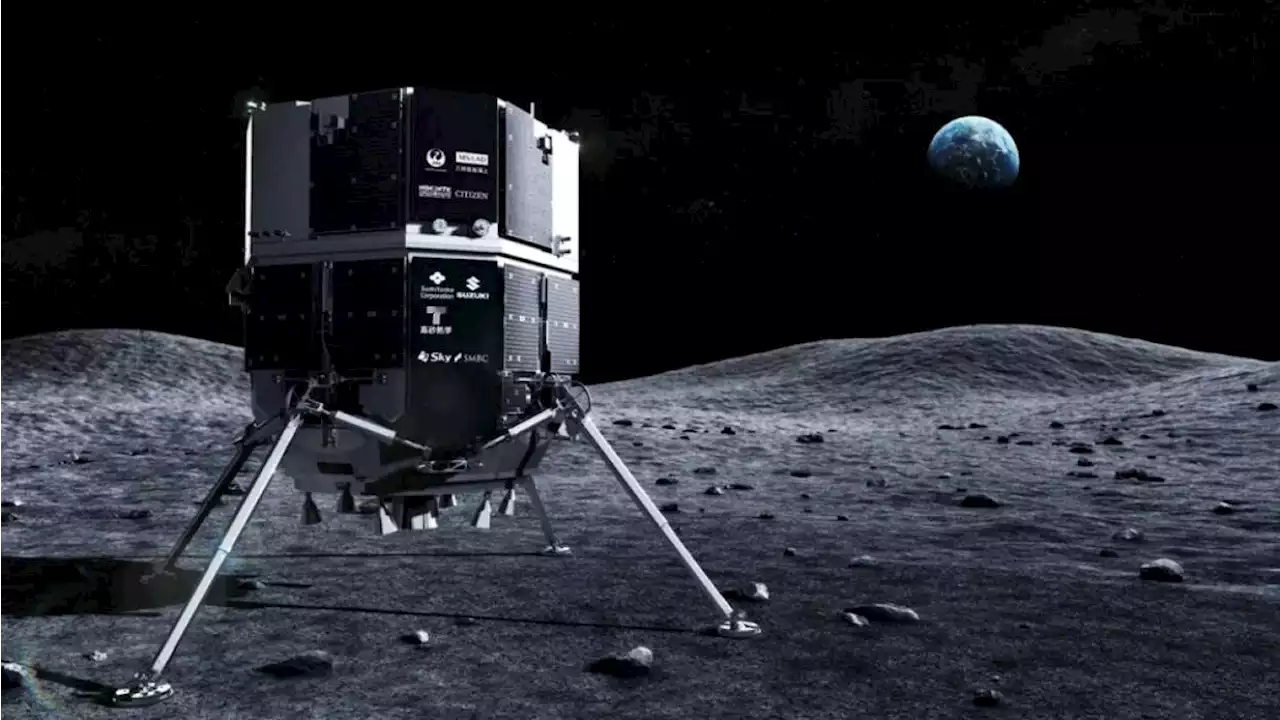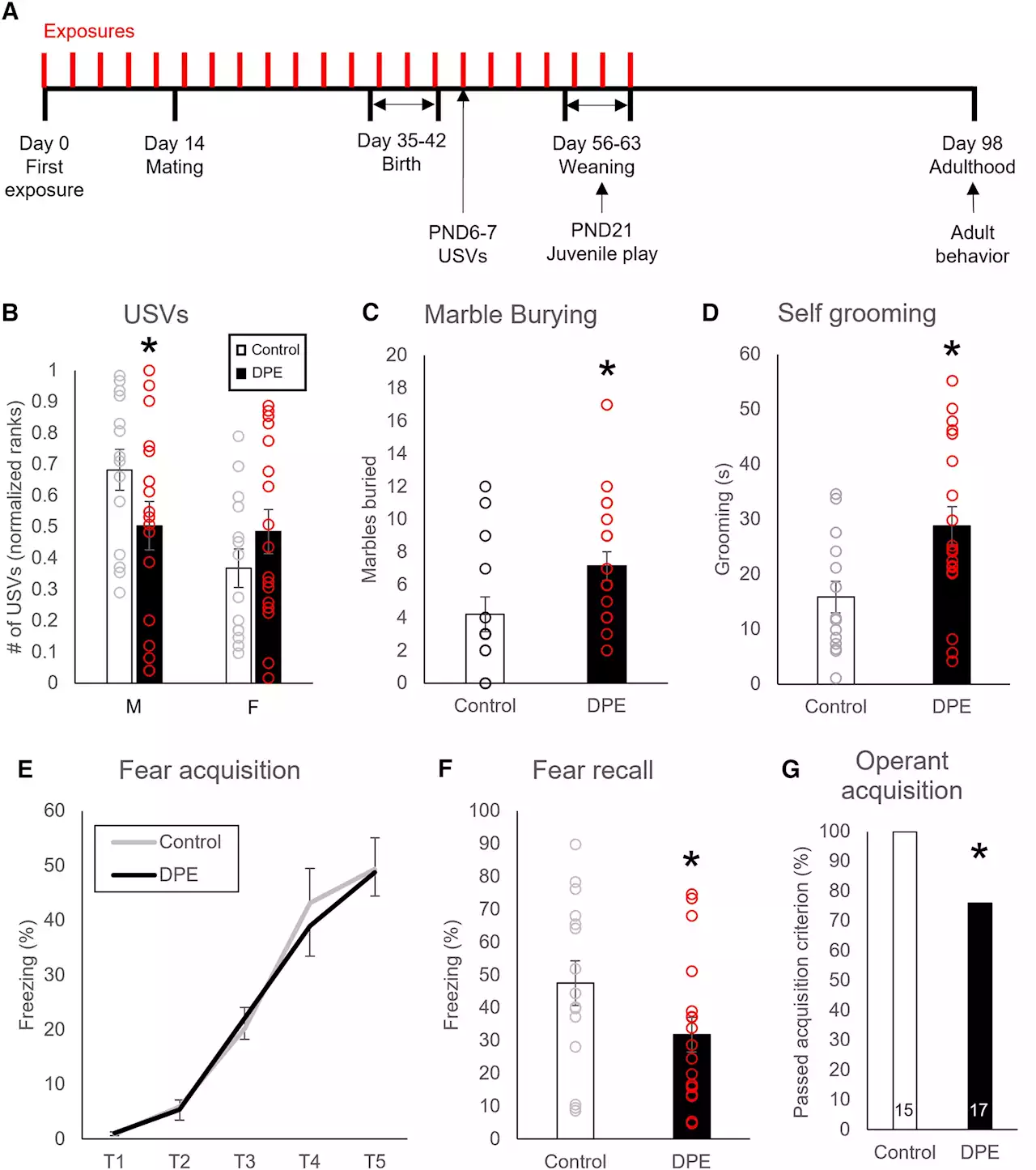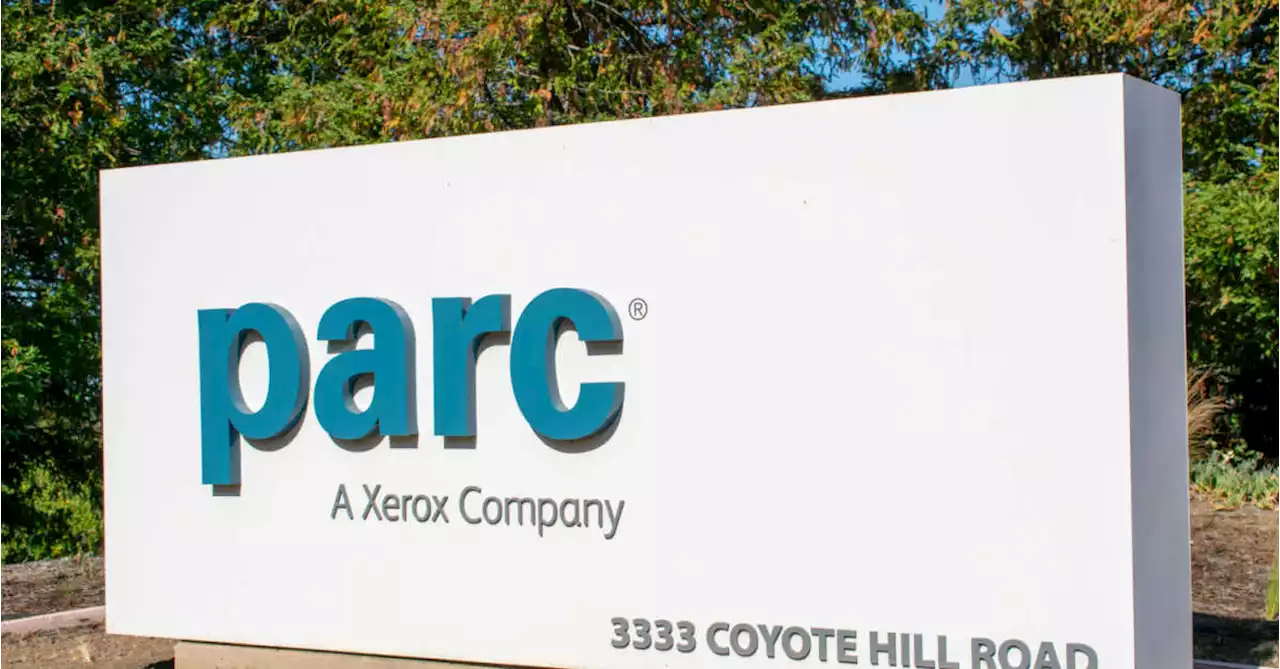Japanese study finds Cesarean births increase childhood obesity risk CesareanSection ChildhoodObesity Japanese Children BirthCohortStudy ObesityRisk HealthImpact Japan Research PublicHealth MaternalHealth SciReports
By Pooja Toshniwal PahariaApr 25 2023Reviewed by Benedette Cuffari, M.Sc. In a recent study published in the journal Scientific Reports, researchers examine the influence of Cesarean section delivery on pediatric obesity among three-year-old Japanese residents.
Ethnicity and race are other factors associated with pediatric obesity, with Asians more likely to have obese children than Whites and Europeans. However, data on the association between Cesarean section birth and pediatric obesity among Japanese children are limited. Data were obtained from 60,769 mother-child pairs who participated in the national Japan Environment and Children’s Study . Data on delivery modes were retrieved from health record transcripts, which were provided by nurses/midwives, physicians, and/or health research coordinators. Anthropometric data were self-documented by the participants in online questionnaires.
Logistic regression analysis was performed and adjusted risk ratios were estimated using inverse probability of treatment weighting adjusting for covariates such as maternal age at pregnancy, BMI before pregnancy, level of education, smoking habits, annual income, alcohol intake, obstetric complications, pregnancy-associated complications, prior physical disease history, and assisted reproductive technology use.
The sensitivity analysis yielded similar findings; however, the risk of pediatric obesity continued to be statistically significant for Japanese girls. This is concordant with previous studies reporting an elevated risk of hepatoblastoma and acute lymphoblastic leukemia after CS birth among females.
United Kingdom Latest News, United Kingdom Headlines
Similar News:You can also read news stories similar to this one that we have collected from other news sources.
Japanese gaming company suffers $30mn Credit Suisse AT1 bond hit\n\t\t\tExpert insights, analysis and smart data help you cut through the noise to spot trends,\n\t\t\trisks and opportunities.\n\t\t\n\t\tJoin over 300,000 Finance professionals who already subscribe to the FT.
Read more »
 Japanese Moon lander may have crashed on impactThe race to be the first private company to land on the Moon is still on 🌕 It appears the Japanese Hakuto-R Mission 1 by ispace failed today as communication was lost at the final stage.
Japanese Moon lander may have crashed on impactThe race to be the first private company to land on the Moon is still on 🌕 It appears the Japanese Hakuto-R Mission 1 by ispace failed today as communication was lost at the final stage.
Read more »
 Japanese ispace's craft goes silent in Moon landing attemptJapanese aerospace biz ispace's attempt to put its Hakuto-R spacecraft down on the Moon ended in an apparent crash landing today. Communications to the craft were lost.
Japanese ispace's craft goes silent in Moon landing attemptJapanese aerospace biz ispace's attempt to put its Hakuto-R spacecraft down on the Moon ended in an apparent crash landing today. Communications to the craft were lost.
Read more »
 Research links common insecticide to neurodevelopmental disordersA new study from The University of Toledo suggests early exposure to a common class of insecticides called pyrethroids may increase the risk of autism and other developmental disorders, even at levels currently recognized as safe by federal regulators.
Research links common insecticide to neurodevelopmental disordersA new study from The University of Toledo suggests early exposure to a common class of insecticides called pyrethroids may increase the risk of autism and other developmental disorders, even at levels currently recognized as safe by federal regulators.
Read more »
 Xerox says goodbye to Palo Alto Research CenterLegendary R&D lab donated to SRI International where it will continue to innovate
Xerox says goodbye to Palo Alto Research CenterLegendary R&D lab donated to SRI International where it will continue to innovate
Read more »
 Steeper memory decline after COVID-19 lockdown measures - Alzheimer's Research & TherapyBackground During COVID-19 lockdown measures, memory clinic patients reported worries for faster cognitive decline, due to loss of structure and feelings of loneliness and depression. We aimed to investigate the impact of the COVID-19 lockdown on rate of cognitive decline in a mixed memory clinic population, compared to matched historical controls. Methods We included patients who visited Alzheimer Center Amsterdam 6 months to 1 week before the first Dutch COVID-19 lockdown, and had a second visit 1 year later, after this lockdown period (n = 113; 66 ± 7 years old; 30% female; n = 55 dementia, n = 31 mild cognitive impairment (MCI), n = 18 subjective cognitive decline (SCD), n = 9 postponed diagnosis). Historical controls (visit in 2016/2017 and second visit 1 year later (n = 640)) were matched 1:1 to lockdown patients by optimal Mahalanobis distance matching (both groups n = 113). Groups were well matched. Differences between lockdown patients and historical controls over time in Mini-Mental State Examination, Trail Making Test part A and B, Rey-Auditory Verbal Learning Test (RAVLT) immediate and delayed recall, and category fluency scores were analyzed using linear mixed effect models with random intercepts. We examined differences in rate of cognitive decline between whole groups, and after stratification in SCD, MCI, and dementia separately. Results Lockdown patients had a faster rate of memory decline compared to controls on both RAVLT immediate [B(SE) = − 2.62 (1.07), p = 0.015] and delayed recall [B(SE) = − 1.07 (0.34), p = 0.002]. Stratification by syndrome diagnosis showed that this effect was largely attributable to non-demented participants, as we observed faster memory decline during lockdown in SCD and MCI (RAVLT immediate [SCD: B(SE) = − 6.85 (2.97), p = 0.027; MCI: B(SE) = − 6.14 (1.78), p = 0.001] and delayed recall [SCD: B(SE) = − 2.45 (1.11), p = 0.035; MCI: B(SE) = − 1.50 (0.51), p = 0.005]), but not in dementia. Conclusion Memory clinic patients,
Steeper memory decline after COVID-19 lockdown measures - Alzheimer's Research & TherapyBackground During COVID-19 lockdown measures, memory clinic patients reported worries for faster cognitive decline, due to loss of structure and feelings of loneliness and depression. We aimed to investigate the impact of the COVID-19 lockdown on rate of cognitive decline in a mixed memory clinic population, compared to matched historical controls. Methods We included patients who visited Alzheimer Center Amsterdam 6 months to 1 week before the first Dutch COVID-19 lockdown, and had a second visit 1 year later, after this lockdown period (n = 113; 66 ± 7 years old; 30% female; n = 55 dementia, n = 31 mild cognitive impairment (MCI), n = 18 subjective cognitive decline (SCD), n = 9 postponed diagnosis). Historical controls (visit in 2016/2017 and second visit 1 year later (n = 640)) were matched 1:1 to lockdown patients by optimal Mahalanobis distance matching (both groups n = 113). Groups were well matched. Differences between lockdown patients and historical controls over time in Mini-Mental State Examination, Trail Making Test part A and B, Rey-Auditory Verbal Learning Test (RAVLT) immediate and delayed recall, and category fluency scores were analyzed using linear mixed effect models with random intercepts. We examined differences in rate of cognitive decline between whole groups, and after stratification in SCD, MCI, and dementia separately. Results Lockdown patients had a faster rate of memory decline compared to controls on both RAVLT immediate [B(SE) = − 2.62 (1.07), p = 0.015] and delayed recall [B(SE) = − 1.07 (0.34), p = 0.002]. Stratification by syndrome diagnosis showed that this effect was largely attributable to non-demented participants, as we observed faster memory decline during lockdown in SCD and MCI (RAVLT immediate [SCD: B(SE) = − 6.85 (2.97), p = 0.027; MCI: B(SE) = − 6.14 (1.78), p = 0.001] and delayed recall [SCD: B(SE) = − 2.45 (1.11), p = 0.035; MCI: B(SE) = − 1.50 (0.51), p = 0.005]), but not in dementia. Conclusion Memory clinic patients,
Read more »
